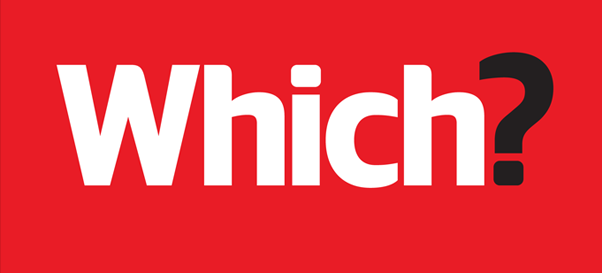December was another dire month for utility companies again after the recent publication of a Which? report outlining call waiting times for customer service versus sales lines.
The report itself if you want to read it, can be found here but I’ll give you the highlights.
384 calls in total were made to 16 energy companies, both to their sales and customer service numbers. Call were made at set times during the day and the average call length calculated across all calls to each provider.
The times varied, both across all 16 providers and between the sales and customer service numbers.
The best performance came from Ebico, the UK’s only not for profit energy provider (I’m switching after I finish this blog..) Average call waiting time to their customer service line was 30 seconds versus 47 seconds to get through to sales.
However Scottish Power got their own special recognition for a particularly spectacular performance. Calls to their customer service line averaged a whopping 30 minutes versus 49 seconds for sales. Bearing in mind too that if 30 minutes was the average what must the longest have been?
Now there a couple of points here to pick out here which I’m sure you’re already onto.
Firstly, that’s horrific service. Not just a bit poor, or slightly painful. Horrific. Assuming they’re measuring average waiting times as part of their fundamental customer experience metrics then they’re clearly doing little or nothing to address anything of the root cause or manage customer expectations to appease them. To add insult to injury, Scottish Power is also under pending threat from Ofgem to reduce average waiting times to 2 minutes by January (better hurry up..). If they fail, they’ll be unable to sell new tariffs (ouch) which you would think would focus them on their ‘to do ‘ list with an increased sense of urgency.
Scottish Power reportedly blamed – yes you guessed it, IT and a new system. Oh and a shortage of staff, neither of which are impossible to manage. So did the IT system not also impact sales then??
This is the fourth time Which? have conducted this test and overall the results haven’t got much better. Interestingly, npower have improved, albeit from such a low point it would have been hard to get much worse.
Secondly and the other real rub here is the difference between customer services and sales which is the real story and outlines the real priority and drivers of the company.
Clearly Scottish Power can answer the phone quickly when they want new customers, but not for existing customers.
Such an overbearing focus on new customer is short-termism at it’s best and a sure fire way to haemorrhage customers out of the back door, which actually for all I know might currently be the case.
Whatever the real reason, practices like these have a significantly negative effect on the bottom line, not to mention the customer experience and levels of customer retention.
As a final point, with this level of service, you’d think that customers would be switching in their droves to find both a better service and a better deal. Apparently not, according to Consumer Focus. In January 2013, they posted that;
“tracking surveys for the Department of Energy and Climate Change (DECC) and energy regulator, Ofgem, showed that switching rates are down by a quarter from four years ago. In 2008, 20 per cent of consumers reported switching energy firm, compared to 15 per cent in 2011/12 according to DECC’s figures. According to Ofgem’s figures 13 per cent of gas customers and 14 per cent of electricity customers switched. Our research also shows the current switching rate is just under 15 per cent.”
There’s definitely room for improvement in customer experience from the industry as a whole, but companies like Ebico prove it can be done. Time for a much needed change I think.




